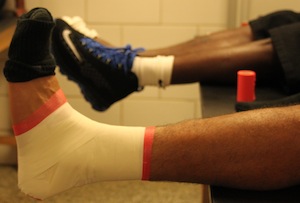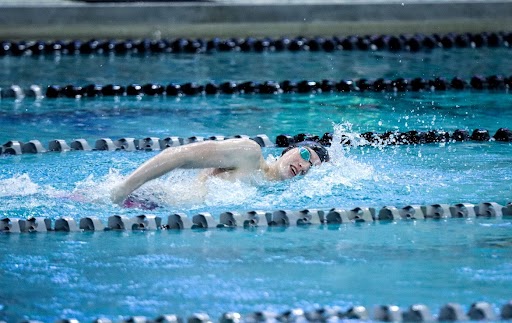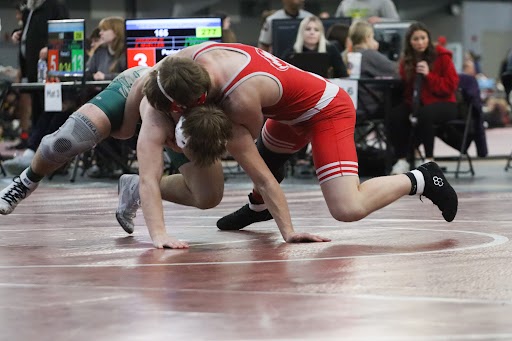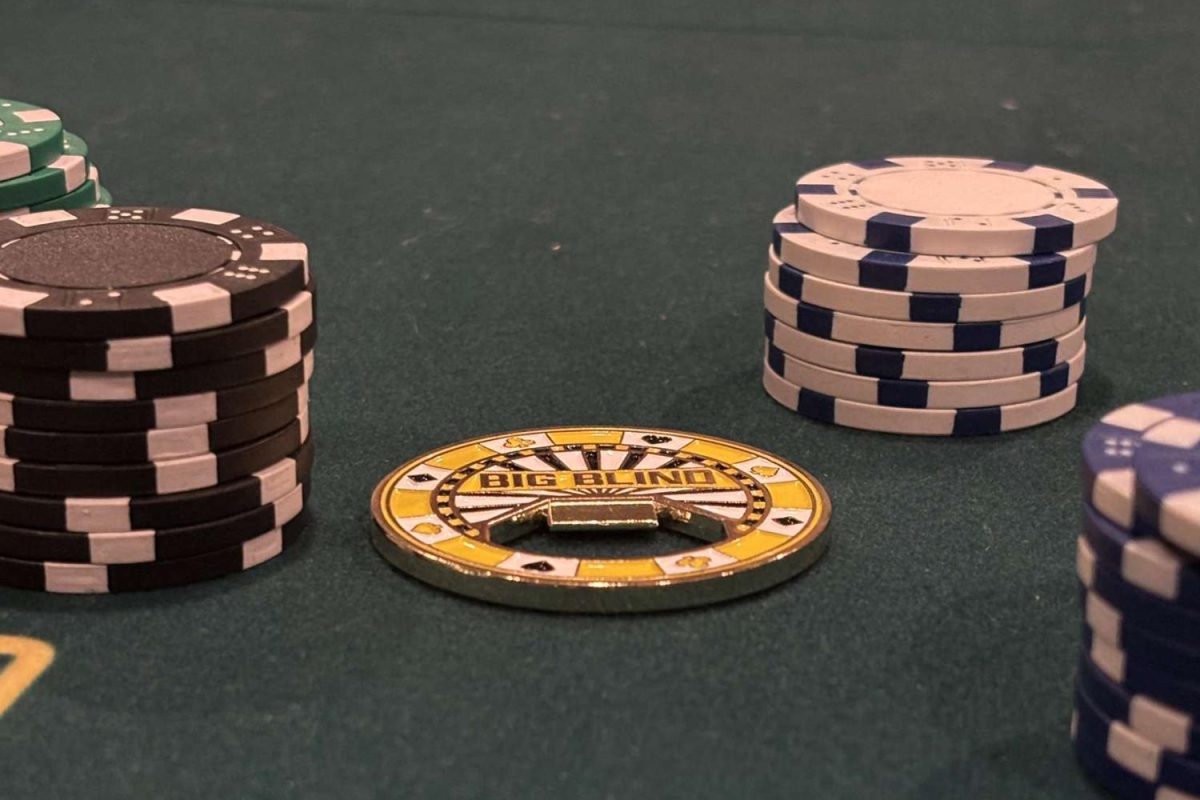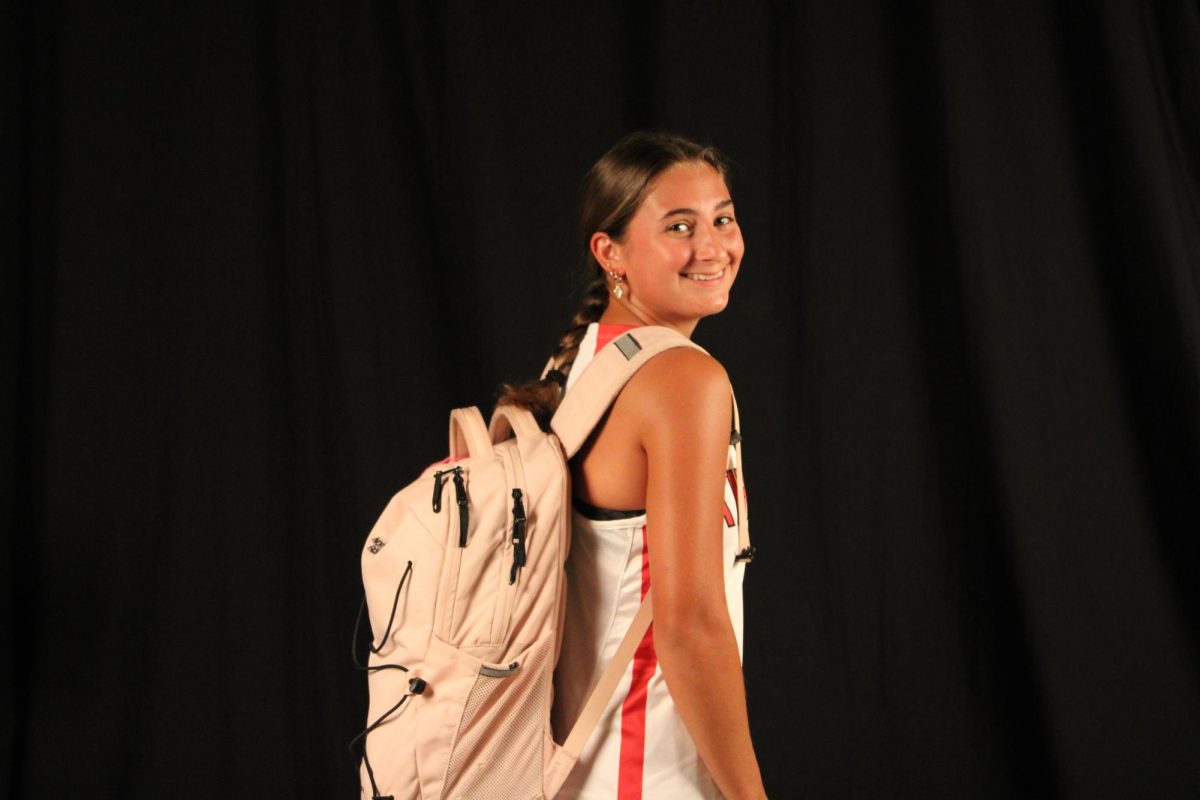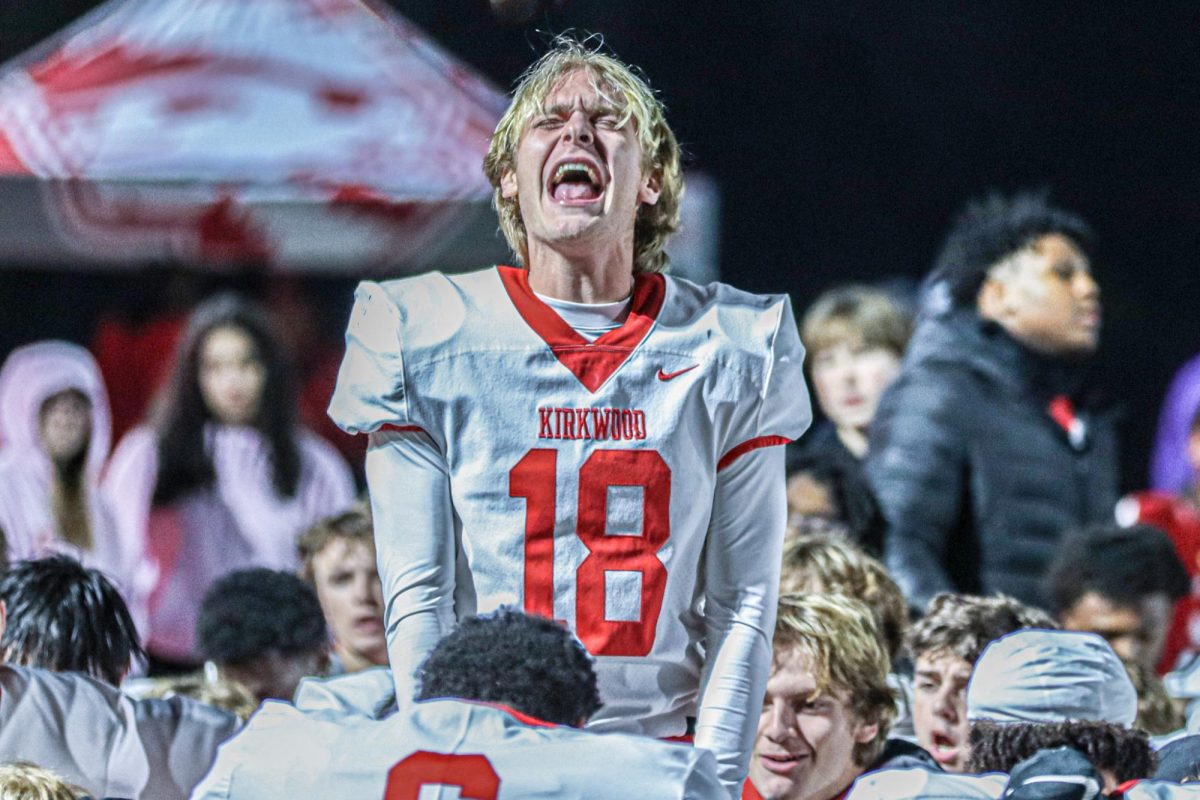Lucas Sandheinrich crouches into his left tackle position on the offensive line, nursing a sore back and stiff knees.
Even with all the pads, the physical sport of football is grueling on the human body. And can cause all sorts of injuries.
“On the line, you’re guaranteed to be taking hits every time,” Sandheinrich, senior, said.
Football players like Sandheinrich will put their body through enormous stress, to play the game they love.
“It’s a high contact sport.” Denise Grider, athletic trainer, said. “Shoulders, knees and ankles, they’re all common places to be injured.”
While bone fractures happen, coaches and players say soft tissue injuries such as pulls, sprains and inflammation are most common. However, there can be a lot done to prevent these injuries.
Matt Irvin, varsity football coach, uses a program he calls “pre-habbing,” where he addresses injuries that could happen by strengthening certain parts of the body.
While pre-habbing does help, there are some injuries that come with no previous signs. According to multiple medical websites, overuse injuries, called cumulative trauma disorder (CTD) or repetitive strain injury (RSI), happen when a muscle, ligament or joint wears down from too much use.
“Overuse injuries are now a big part of sports,” Irvin said. “Athletes need to be aware of the repair and wear of their bodies.”
On game day, players do the best they can to protect themselves. Irvin stresses the importance of stretching and warming up.
“It puts you through a range of motion that will mirror your activity for the game,” Irvin said. “It limbers up muscles, ligaments and joints.”
Other than stretching, wrist and ankle taping are popular techniques for football players. Sandheinrich said most of the players on the team have ankle protection. Sandheinrich himself uses an ankle brace.
While taping is comfortable and more popular among players, using a brace ensures full support of the ankle.
Perhaps the most devastating injury, according to the U.S. National Library of Medicine, a concussion is a traumatic brain injury that can give a bad, lasting headache, cause loss of alertness or even unconsciousness. They can affect memory, judgment, reflexes, balance, coordination and sleep patterns.
“I had one last year and one almost this year,” Sandheinrich said. “For me, the symptoms were delayed. I got really fuzzy…sensitive to light. I couldn’t walk well, and I couldn’t comprehend.”
When a player has a concussion, Irvin said, he must sit out for weeks at a time until cleared by a professional.
Football players wear equipment, though, to lessen the blow to their heads and protect from trauma.
To protect against concussions, Luke Beattie, junior and varsity right tackle, wears a mouthguard and uses a Xenith helmet because it has a high concussion prevention rating.
Beattie knows a lot about injuries. Last year, he missed four weeks with pars defect, which is a small crack or cracks in the spine.Beattie also tore his ulnar collateral ligament in his elbow, has tendinitis in both knees and popped his arm out of socket last year when an opposing player slid into it.
“I know they’re gonna come.” Sandheinrich, when asked about big injuries, said. “I try to stay out of situations where I’m prone to big injury.”


